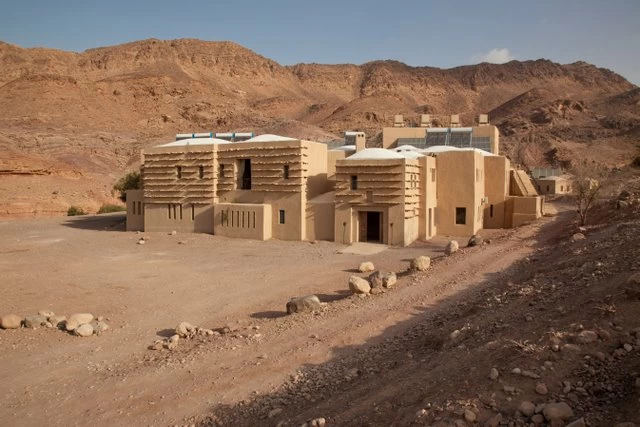Faynan
One of life’s transforming discoveries- how to smelt copper – occurred in the Chalcolithic (‘copper-stone’) age,cc 4500-3 300 BC, and copper implements such as axes and arrowheads gradually replaced flint. In Jordan, copper mining and smelting only began at the end of this period, its main centre at Faynan, about 60km south of the Dead Sea, where Wadi Dana approaches Wadi ‘Araba. The exploitation of copper was not a continuous process, but occurred as the need for arms, tools and coins dictated, and was dropped in periods when demand for copper decreased.






